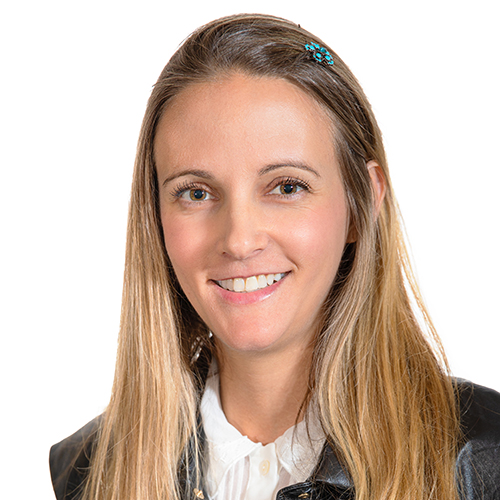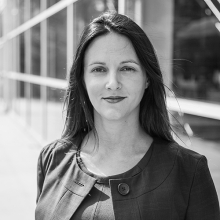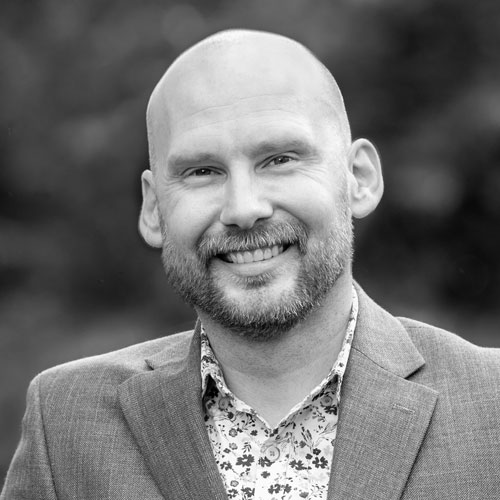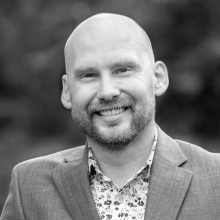Minnesota Supreme Court Builds Bridges with Regulatory Reform Opponents
 The Minnesota Legal Paraprofessional Pilot Project (“Pilot”) launched in March 2021, allowing legal professionals who are not licensed attorneys to provide legal advice and, in some instances, representation for clients in family law and landlord-tenant disputes (with attorney supervision).
The Minnesota Legal Paraprofessional Pilot Project (“Pilot”) launched in March 2021, allowing legal professionals who are not licensed attorneys to provide legal advice and, in some instances, representation for clients in family law and landlord-tenant disputes (with attorney supervision).
Tasked with evaluating the program’s efficacy, the Standing Committee for the Pilot submitted an Interim Report to the Minnesota Supreme Court in December 2021 with the results of a preliminary evaluation. Although the project is still in the early stages of implementation, as we have discussed previously, “after just six months there are multiple signs that legal paraprofessionals bring positive change to the profession.” Notably, “[t]here was consensus amongst [surveyed] judicial officers that the legal paraprofessionals displayed appropriate decorum in the courtroom and knew the applicable court rules.” Further, the responding supervising attorneys reported “no complaints about the work the paraprofessionals performed both in and outside of court, and they recommended that the paraprofessionals be allowed to work on cases involving claims of domestic and child abuse.”
Alongside the results of the preliminary evaluation, the Standing Committee submitted to the court a set of recommendations for amending the Pilot. The court opened a notice and comment period to receive feedback on the recommendations, two of which garnered some opposition:
- Recommendation 1, allowing Legal Paraprofessionals to provide—consistent with the authorized scope of services—advice and representation in court or at mediations in family cases involving issues of domestic violence or child abuse
- Recommendation 5, allowing Legal Paraprofessionals to provide—consistent with the authorized scope of services—advice and representation in Order for Protection and Harassment Restraining Order cases
The Minnesota Supreme Court then approved the recommendations that received only support and scheduled a public hearing on recommendations 1 and 5.
The hour-long hearing on May 17 featured a handful of speakers—mostly in opposition. The substantive discussion on the case types detailed in recommendations 1 and 5 centered on concerns about the complexity and difficulty of legal matters involving intimate partner violence.(1) Some speakers recounted compelling and awful stories of domestic violence and the far-reaching consequences on those experiencing these issues. Others discussed the cross-discipline dynamics of domestic violence, and the dangers that may befall victims/survivors if left without attorney representation.
All points about the difficulty, complexity, and severity of these case types are well taken, and indisputable. Indeed, IAALS has long recognized that family court cases present unique, complex issues that require specialized training on, for example, trauma-informed practices, domestic violence, and child maltreatment/abuse.(2) And the justices did not at all question this reality.
What makes this discussion particularly notable are the lines of questioning by a very engaged court. While public comment processes in states working on allied legal professional programs have yielded considerable commentary from opponents, less frequently proffered is constructive feedback focused on how to shape the program at issue. Additionally, the one-way flow of communication that occurs in many traditional public comment procedures (whether written or spoken) reduces the transparency of the type of back-and-forth dialogue that we see in this hearing.
Moving from Static Statements to Constructive Dialogue
Speakers challenged whether legal paraprofessionals had the knowledge, experience, or resilience required to handle the complex issues proposed in the Pilot expansion.
Framing the issue, one justice(3) asked: In the universe of the possible, what is your recommendation for addressing the gap between those who need legal services in this context and those who don’t?
The response to this question offered a not-surprising set of recommendations:
- More funding for chronically underfunded legal services programs
- More pro-bono representation
- More training for attorneys on these case types
- More modest-means programs
Speakers echoed the desirability of attorney-only solutions throughout the hearing. One speaker suggested we must somehow incentivize attorneys to take on these cases. Another supported a mandate of pro-bono hours per year in order to build out the ranks of attorneys available to handle these matters. One speaker suggested a Teach-for-America-like program that would create a pipeline from law schools to service rural and metro communities.
Yet the court did not seem moved by these arguments—at least, not in the sense that these solutions offer a viable replacement for expansion of the Pilot. Indeed, the Court here explicitly challenged the underlying premise that this attorney-only vision is attainable.
One justice remarked: “As much as this court and others encourage attorneys in our community to do pro bono work, and to do this type of pro bono work, that can’t be the only answer, because we’ll never get enough attorneys. I don’t know that it is an either/or kind of thing. It seems to me we have to be progressing along another route, and this [the revised Pilot] is one of those routes.”
At a separate point in the hearing, Chief Justice Gildea noted:
“But the problem, counsel, is that lawyers aren’t doing it. These are cases where the lawyers are not there. We’ve preached, and preached, and preached, and the MSBA spent years doing a study and had a Task Force and Blue-Ribbon Commission, and then nothing happened. The lawyers are not coming forward.”
At multiple times, the conversation was routed away from theoretical futures of attorney-only solutions and refocused on actual amendments to the program. The court specifically focused on problem solving with the speakers to build out appropriate training requirements.
When prompted to discuss what training solutions might entail, some speakers offered specific and constructive recommendations on content:
- Neurobiology of trauma
- Victim behaviors/victimology
- Dynamics of domestic abuse
- Post-separation abuse
The court went further and called upon the speakers (and their respective organizations, more broadly) to work together with the Pilot’s Standing Committee on the proposed expansion. Associate Justice Thissen voiced: “The thing that I just keep coming back to is this gap. There are people showing up totally unsupported, which seems to be problematic. Would people be willing to sit down and work through those issues?”
The respondent to this question expressed willingness to be part of the solution and further said that “anyone who isn’t willing to sit down and make that work if that is the decision of this bench today may be problematic because that doesn’t increase safety for victims.” Her comment highlights the goal that drives both proponents and opponents alike—a dedication to helping ensure access to justice. Coming together to work through program improvements will prove to be far more effective than if we continue talking past one another.
While these kinds of dialogues are certainly happening, they are compelling and convincing when they are stoked by high court leaders in a public forum. As states around the country move forward with similar efforts, we hope to see much more of this.
Endnotes:
1. Not mentioned in this article but raised in the hearing was a concern that abusers would misuse the Legal Paraprofessional program as a way of continuing power and control over the victim/survivor. Raised alongside this concern was recognition that abusers screen victims/survivors out of legal aid services as well.
2. See, NATALIE ANNE KNOWLTON, INST. FOR THE ADVANCEMENT OF THE AM. LEGAL SYS., THE MODERN FAMILY COURT JUDGE: KNOWLEDGE, QUALITIES & SKILLS FOR SUCCESS (2014), https://iaals.du.edu/publications/modern-family-court-judge-knowledge-qualities-skills-success (applying the unique aspects of family court cases to requisite knowledge and expertise of family court judges).
3. Where possible given video and audio quality we have identified the questioning Justice. In those instances where we could not accurately discern the source of the question, we have defaulted to “a Justice.”





